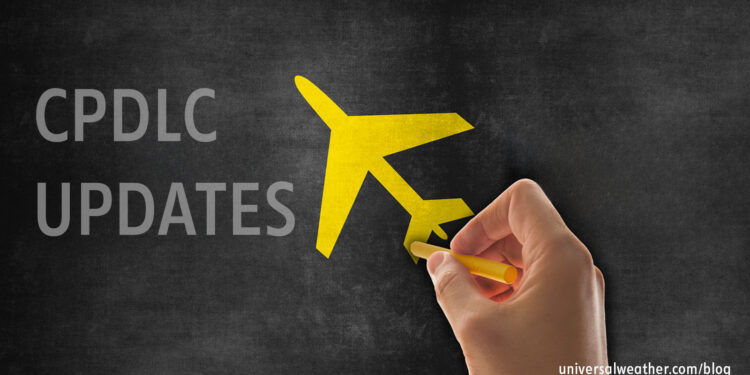Navigating U.S. Domestic En Route CPDLC Requirements: Business Aviation Guide

Due to a recent increase in the number of business aviation operators experiencing difficulties logging in or establishing connections while using U.S. Domestic En Route CPDLC, the FAA has updated its policy on U.S. domestic data link operations. This update simplifies access to Controller Pilot Data Link Communications (CPDLC) by eliminating the need for prior authorization. However, to participate, operators must ensure their aircraft meet specific avionics requirements, which are crucial for maintaining efficient communication between pilots and air traffic control.
Understanding CPDLC and Its Importance
CPDLC is a communication system that allows for digital data exchange between pilots and air traffic controllers, enhancing the accuracy and efficiency of instructions. This system is especially beneficial in busy airspace, helping reduce voice communication congestion and improving overall flight safety.
Key Avionics Requirements
To participate in the U.S. Domestic En Route CPDLC program, aircraft must be equipped with:
- VHF Digital Link (VDL) Mode 2 Equipment: This equipment must tune to multiple frequencies per Technical Standard Order (TSO)-C160a or equivalent.
- “Push to Load” (PTL) Capability: This feature allows for the automatic integration of route changes into the navigation system.
The FAA provides a detailed checklist to verify compliance with these requirements, essential for maintaining safety and efficiency in U.S. airspace.
Steps to Enroll and Participate
- Review and Verify Avionics:
-
- Check Compliance: Ensure your aircraft’s avionics meet FAA requirements. Refer to the FAA’s acceptable avionics list, which categorizes compliance as:
- Green/Yellow: Eligible to participate; complete and submit the participation form.
- Red: Cannot participate; contact your Original Equipment Manufacturer (OEM) for assistance.
- Check Compliance: Ensure your aircraft’s avionics meet FAA requirements. Refer to the FAA’s acceptable avionics list, which categorizes compliance as:
- Submit Participation Form:
-
- Form Submission: Submit a participation form for each aircraft. Specific forms are available for single and multiple aircraft. Failure to register will result in being blocked from using the CPDLC system.
- Update Aircraft Profile and Flight Plan:
-
- Profile Update: Update the aircraft’s profile with Universal Weather and Aviation (UWA) and file the correct flight plan codes, such as “J4” in FPL Item 10a and “1FANSE” or “1FANSER” depending on the aircraft type. Optionally, include “2PDC” to designate PDC as a backup.
- Implement Procedures and Training:
-
- Training and Procedures: Distribute and apply necessary procedures and training for crew, dispatch, and maintenance staff to ensure compliance with CPDLC standards.
Additional Resources and FAQs
The FAA’s policy changes, outlined in InFO 23008 published on October 3, 2023, include resources such as the U.S. Domestic CPDLC Flight and Route Planning Guide, En Route CPDLC Logon Guidance, and the Pilot Handbook for U.S. Domestic En Route CPDLC. These documents provide detailed instructions for ensuring compliance.
Common Questions:
- Deadline for Form Submission: While there is no strict deadline, the FAA encourages prompt submission to ensure accurate data collection.
- Accessing the Acceptable Avionics List: The list will be available on the FAA website in November 2023. This helps operators determine eligibility for CPDLC participation.
- Interoperability Testing: Check with your aircraft manufacturer to verify if your configuration has undergone necessary testing.
By following these guidelines, business aviation operators can ensure their aircraft are compliant and ready for the U.S. Domestic En Route CPDLC program, enhancing communication, operational efficiency, and safety in U.S. airspace. For further assistance, contact the FAA’s Flight Operations Group or consult detailed documents on the FAA and L3Harris websites. Staying informed and compliant with these requirements is crucial for seamless integration into the CPDLC system and maintaining operational readiness.




